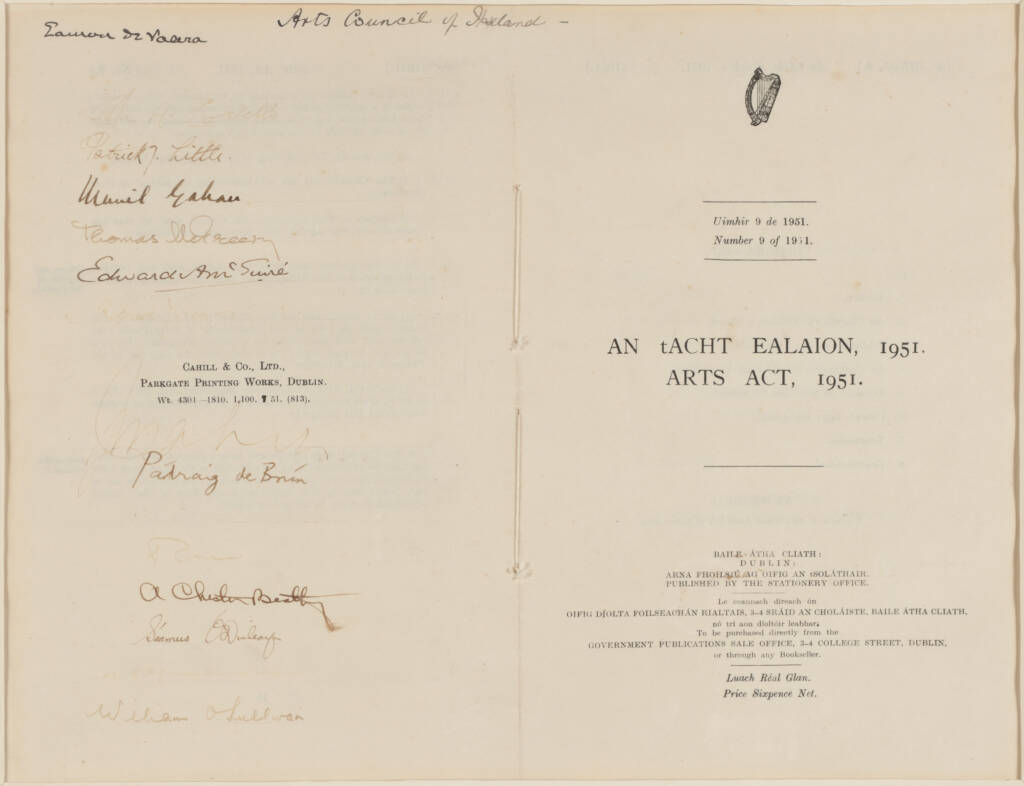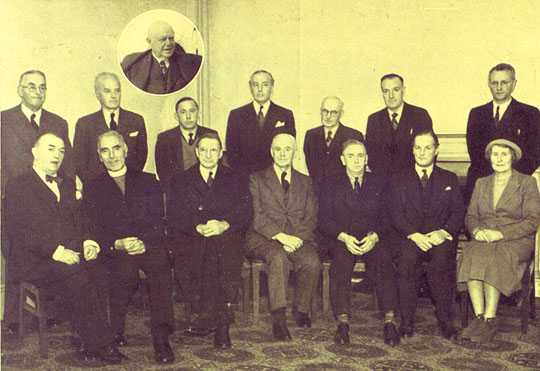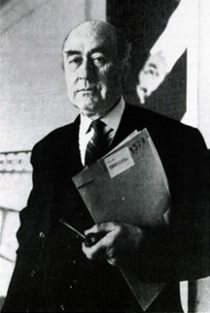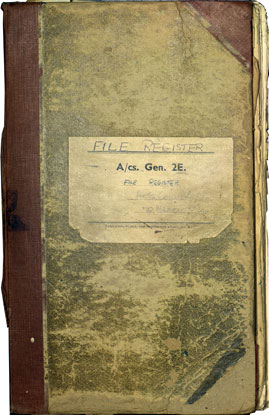Our origins
In 1948 the Irish inter-party government commissioned Dr Thomas Bodkin, a former Director of the National Gallery of Ireland and at the time Director of the Barber Institute in Birmingham, to investigate the state of the arts in the twenty-six counties of Ireland and report to Government.
Dr Bodkin’s report indicated that the arts were suffering from neglect, so the Taoiseach, Mr John A Costello, TD introduced into Dáil Éireann the Bill which was passed into law as the Arts Act, 1951, setting up an arts council to be called An Chomhairle Ealaíon.

It is a matter of great gratification that we have, in this period of strife and stress, such a unanimous and, I may say, enthusiastic support for a Bill dealing with matters of the spirit, the fine arts … this art council should be set up and set to work immediately.
Taoiseach John A Costello addressing Seanad Éireann, May 1951
The Arts Act, 1951
The Arts Act, 1951 established An Chomhairle Ealaíon to stimulate public interest in the arts; promote their knowledge, appreciation and practice; and assist in improving artistic standards. The arts which the Council had the power to promote initially were, “painting, sculpture, architecture, music, drama, literature, design in industry, the fine art and applied arts generally.”
Under the terms of the Arts Act, 1951, The Arts Council /An Chomhairle Ealaíon consists of a board and staff members.
The Board was composed of a Director appointed by the President of Ireland, six ordinary members appointed by the Irish government and five members co-opted by the Director and the ordinary members.
Patrick J Little, TD, was appointed Director by the President on the 4 December 1951 and the appointment of ordinary members by the Government took place on the same date.
On 2 January 1952 the Council took up offices at 45 St Stephen’s Green, Dublin 2. Its first full meeting took place on 25 January 1952 and was attended by Taoiseach Eamon de Valera TD and John A Costello SC TD, leader of the Opposition. Both men addressed the Council and wished members success in their work.


The Board, referred to as the “Council”, is the governing body which meets about ten times a year to decide on any matters placed before its members. All legal powers under the Act are vested in the Council in session and formal Council decisions are required for most activities.
The State endowment for the first full financial year (1 April 1952–31 March 1953) was £10,000.
Pictured at the inaugural meeting: Left to right, back row: Mr John Maher, Professor Séamus Ó Duilearga, Dr Richard J Hayes, Senator Edward A McGuire, Professor Dónal Ó Corcora, Mr Muiris Ó Muimhneacháin, Secretary, Department of An Taoiseach, Dr William O Sullivan, Secretary, Arts Council.
Left to right, front row: Mr Thomas McGreevy, Monsignor Pádraig de Brún, Taoiseach Eamon de Valera, TD, Mr Patrick J Little, TD, Director, Mr John A Costello SC, TD, the Earl of Rosse, Ms Muriel Gahan. Inset Dr Alfred Chester Beatty.
Core activities derived from the Arts Act, 1951:
- Providing direct financial assistance or financial assistance by way of guarantee against loss to art organisations toward their artistic projects or programmes, such as exhibitions, plays, operas, drama festivals, recitals, productions, concerts, ballets, lectures and publications.
- Mounting exhibitions of Irish artists in Ireland as well as overseas and bringing foreign exhibitions to Ireland.
- Initiating and operating a programme of schemes, such as the joint-purchase or halls in rural areas schemes.
- Initiating and operating a range of awards whereby financial assistance is directly awarded to individuals by way of scholarships, fellowships, competitions or prizes.
- Providing advice to government and government departments and its agencies on artistic matters. Members of the Council may also make representations to various bodies without their advice being sought.
- Administration of trust funds. The Arts Council, having accepted gifts of money to establish trusts of an artistic nature under the terms of Arts Act 1951, administers the funds of trusts, such as the William J.B. Macaulay Foundation, the New York Irish Institute fund and the Denis Devlin Memorial foundation.
- Provision of information service. The Secretary of the Arts Council answers general enquiries from Ireland and abroad about artistic activities and provides advice to the general public on artistic matters.
Our archive
The importance of legacy
The archive provides an invaluable account of all artistic activities in Ireland which the Arts Council initiated and supported.
Mervyn Wall was very conscious of history and of the importance of keeping information. He was fastidious in maintaining the simple but very effective filing system.
Oliver Dowling, Organiser and Exhibitions Officer, 1967-1974

The archive consists of four distinct components:
- Annual reports (digital copies of all annual reports since 1951 are available online on our website);
- Agendas/minutes of monthly Council meetings;
- Ledgers;
- A file series containing all the correspondence between the Council and its wide range of stakeholders.
The file series, which accounts for the main bulk of the archive, came into existence as a result of a record-keeping system introduced by the first Secretary of the Arts Council, Dr William (Liam) O’Sullivan and subsequently developed by his successor Mervyn Wall for the following 18 years. This ‘in-house’ system aimed to organise and maintain correspondence and various documents arising from the Council’s activities.
Access to the archive is by appointment only.

